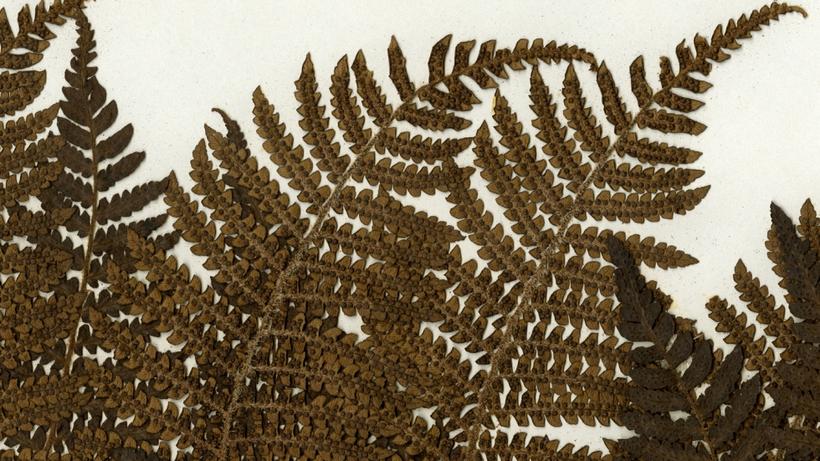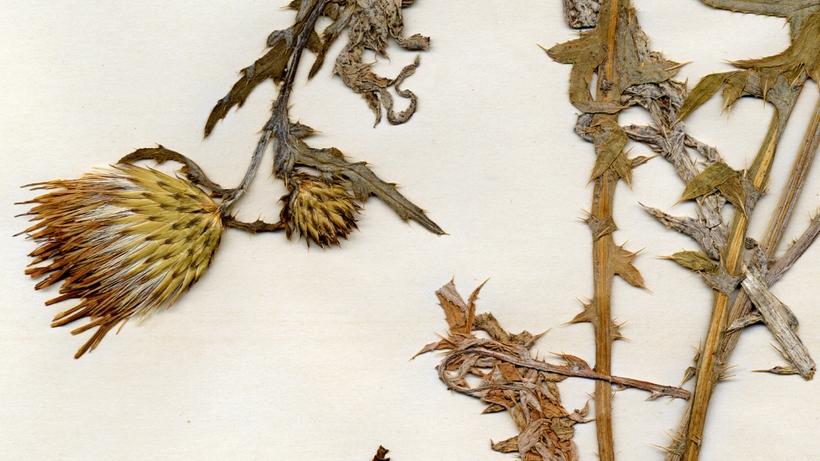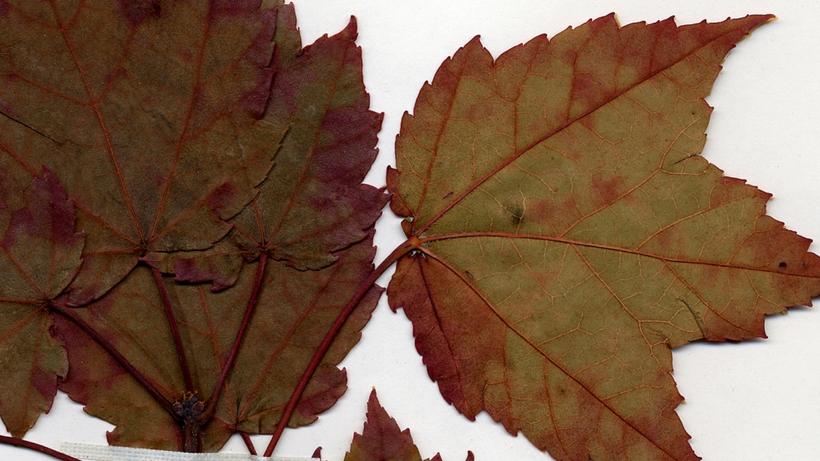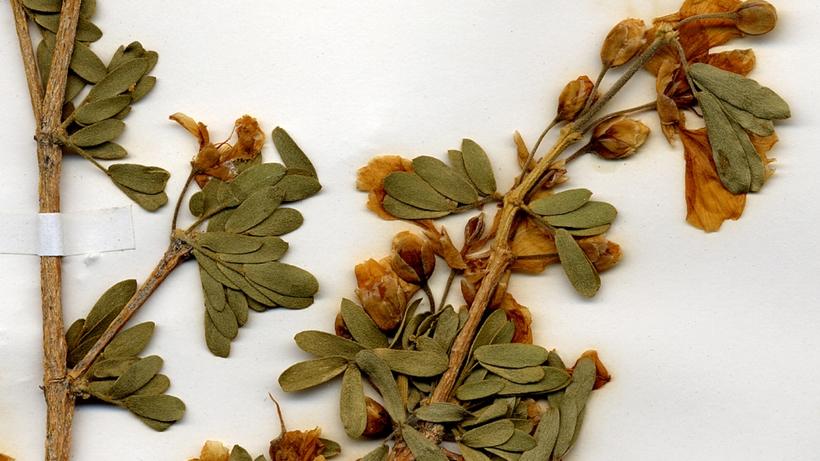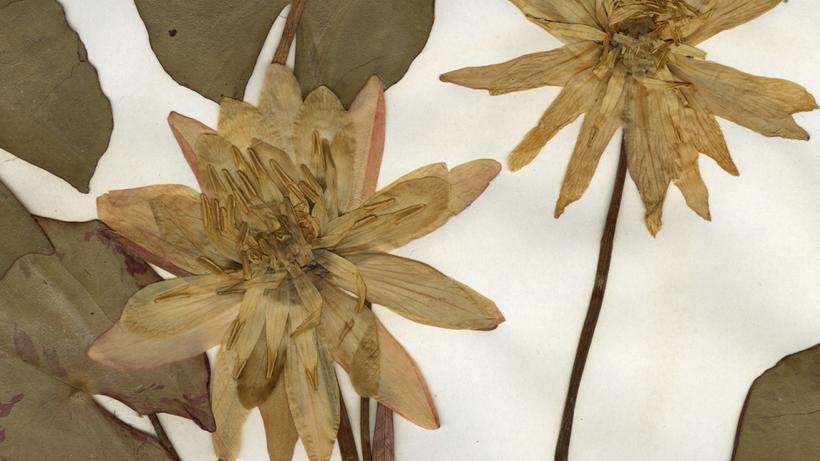When Asa Gray was appointed head of the Harvard Botanical Garden in 1842, Harvard University lacked an herbarium. When he retired in 1873, his herbarium had grown to be the principal center for botanical research in the Americas. It was given to Harvard by Gray in 1864, along with the associated library. Exchanges of specimens between Gray, the Hookers, the Candolles and botanists and institutions in Europe and Asia also enriched the collections from around the world. Many important, early, individual collectors, C. G. Pringle and Edward Palmer, for example, have also deposited large sets of their specimens in the Gray Herbarium.
The Gray Herbarium, officially so-named by the University in 1893, and worldwide in scope, today contains nearly two million specimens. Particular strengths lie in collections from North and South America, Mexico, the West Indies, and early collections from Asia and Europe.
The Gray Herbarium is particularly rich in type specimens of species described by staff members, including Gray, S. Watson, M. L. Fernald, I. M. Johnston, B. L. Robinson, A. C. Smith, C. A. Weatherby, R. C. Rollins, and R. and A. Tryon.
